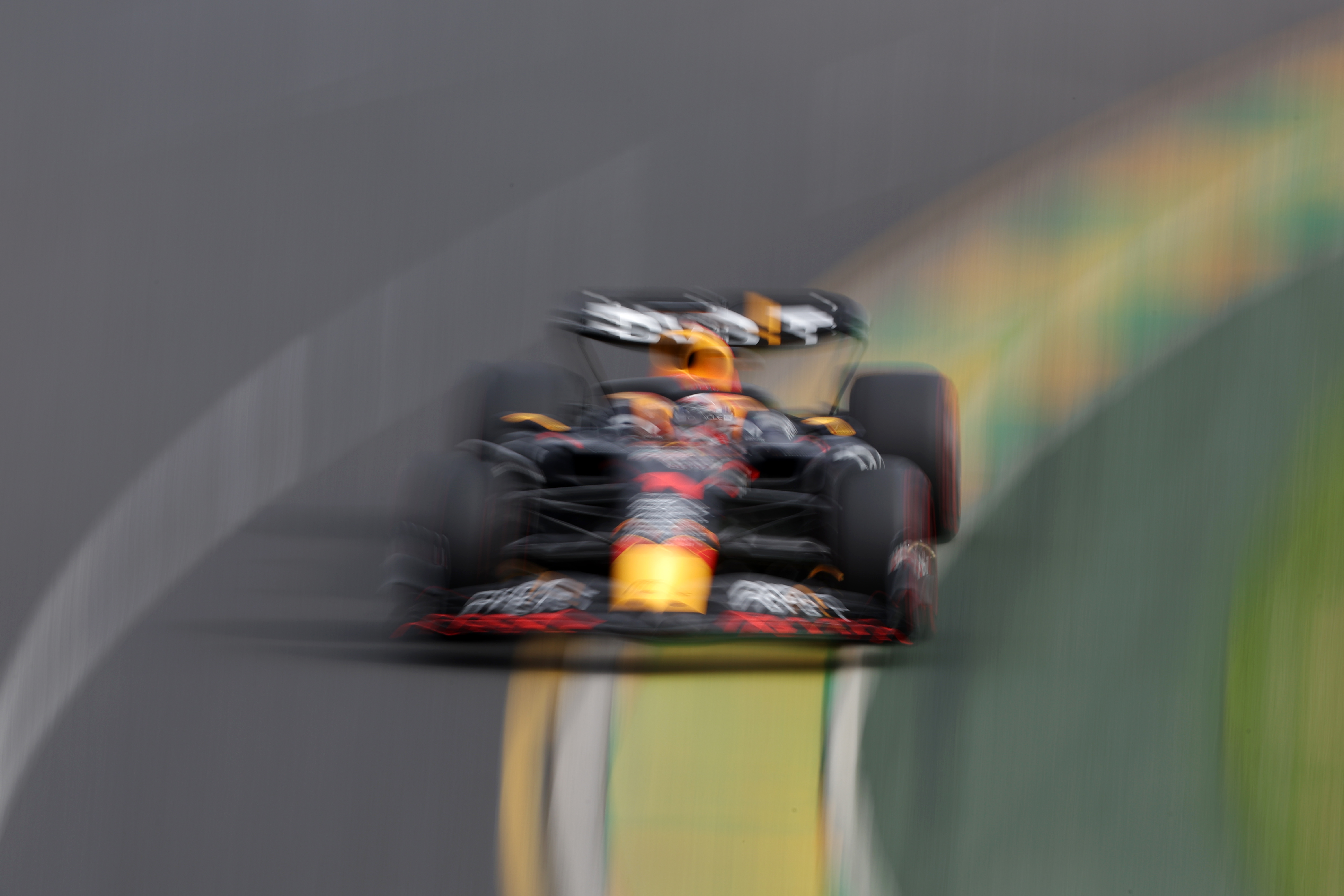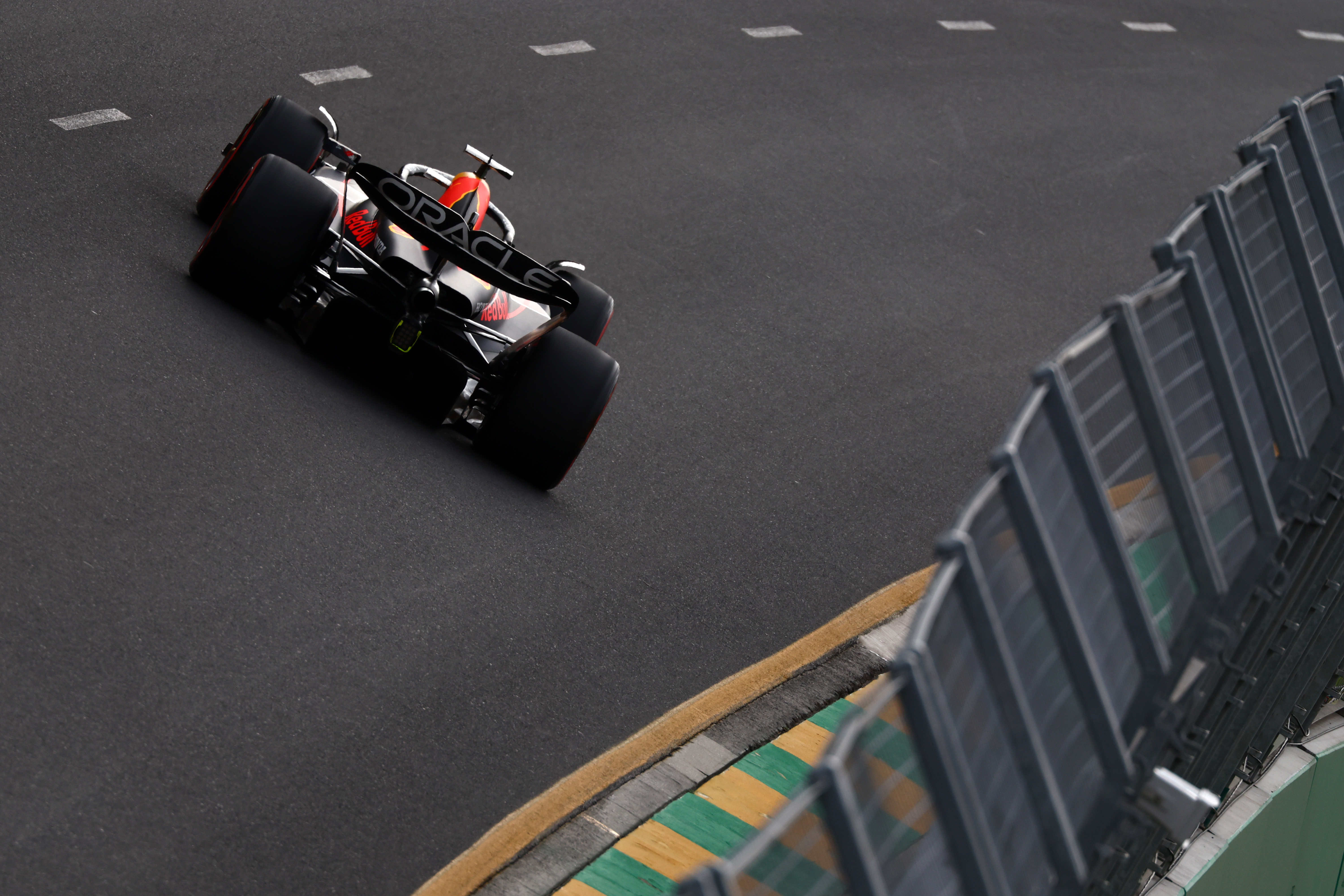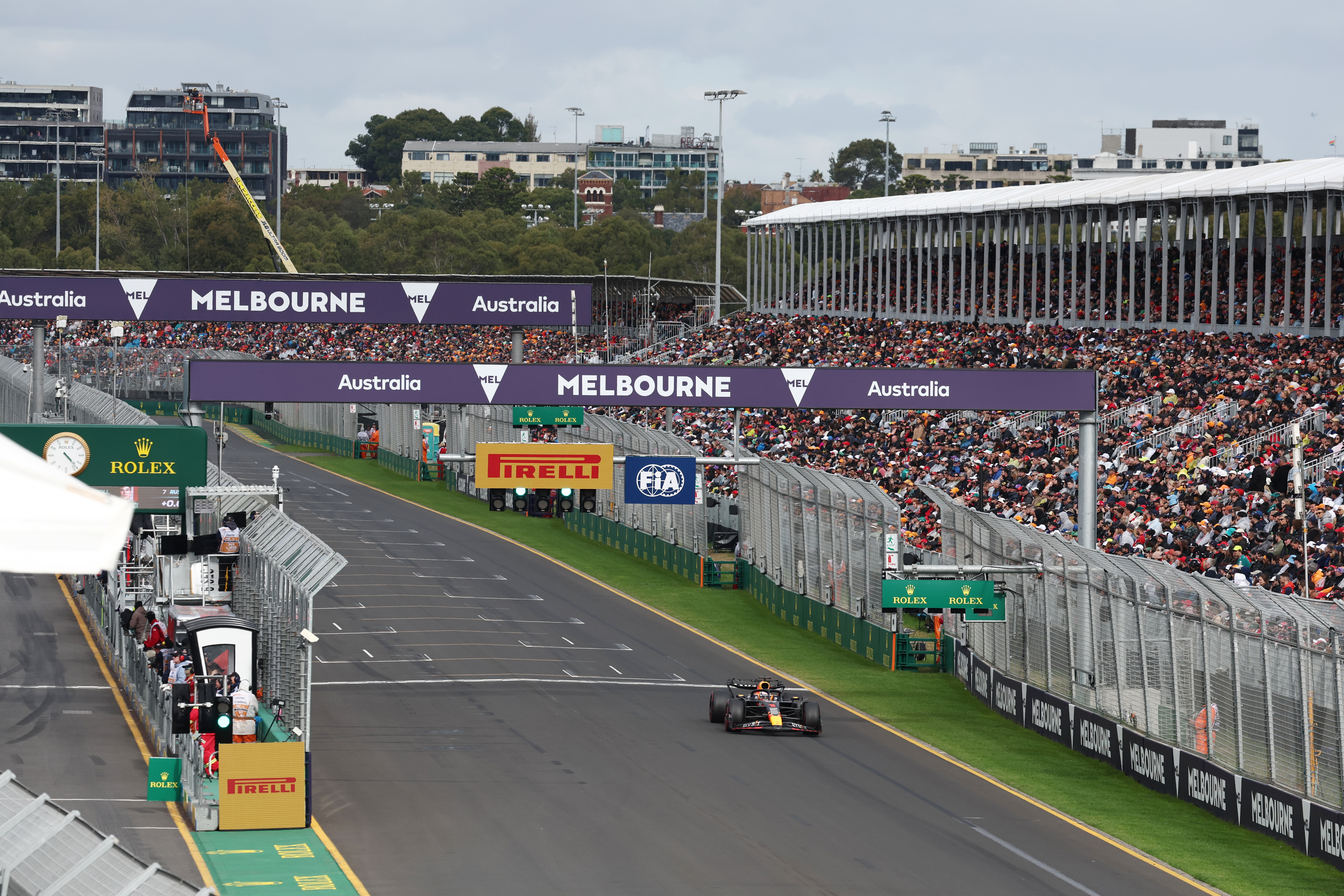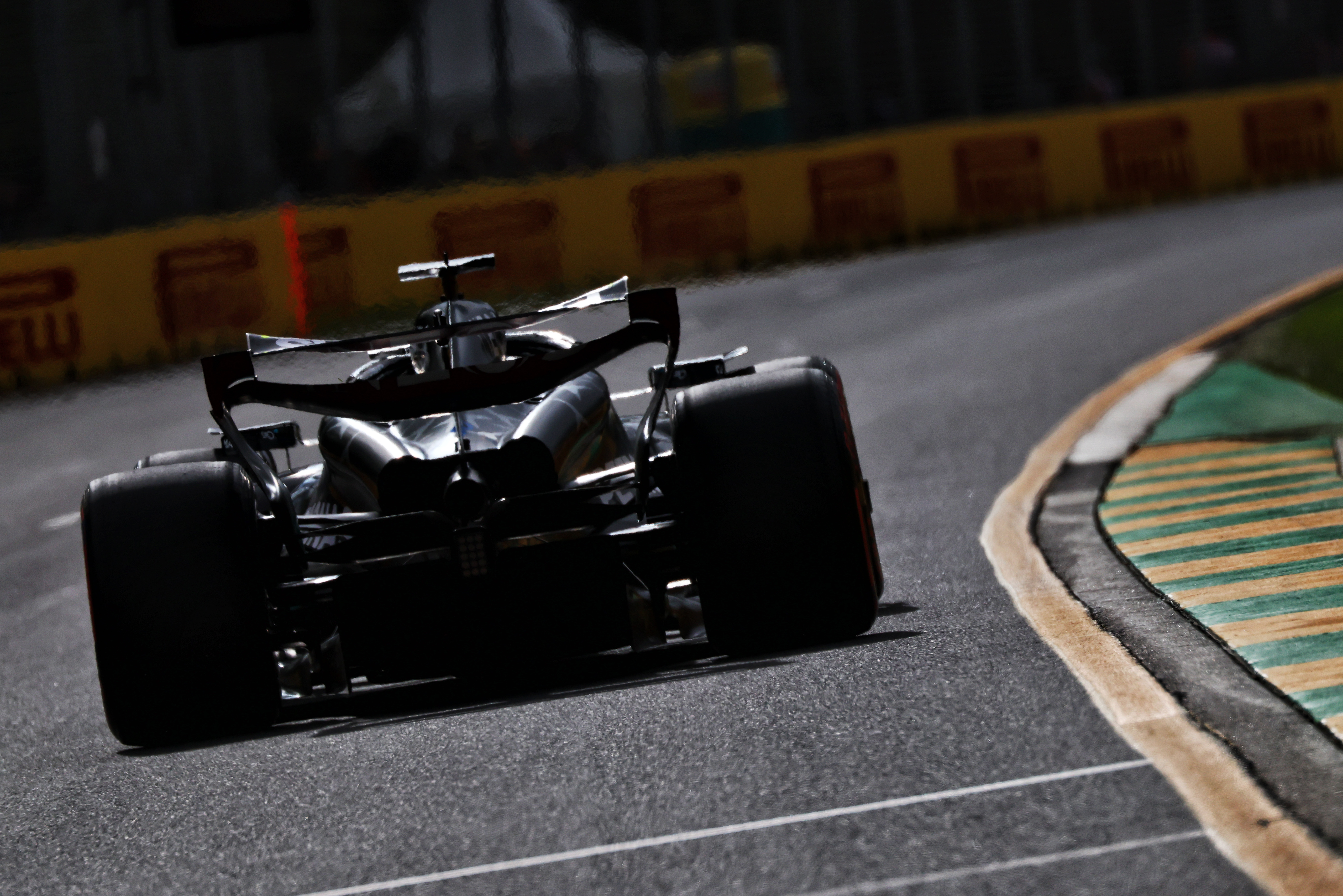Up Next

Another qualifying session, another Red Bull pole. But it wasn’t a straightforward run for Max Verstappen. He at least got through it without any mechanical problems which this time bit team-mate Sergio Perez, who exited stage-gravel in Q1. But the RB19 wasn’t the sweetly-balanced thing in Australia it looked in both Bahrain and Saudi Arabia.
Although Verstappen’s 0.236-second margin over second-fastest George Russell was greater than Sergio Perez had over the second-fastest in Jeddah, it’s always Verstappen’s pace we have to take as the index of the Red Bull from – and there’s every chance that he’d have been much more comfortably on pole in Jeddah than was Perez if he’d not had his mechanical failure there.

Looking behind the circumstances of each of the three qualifying sessions to date, the underlying advantage of Red Bull was much reduced here.
Given Albert Park’s four DRS zones and the big advantage the Red Bull finds from any DRS running, why should this track have presented such a challenge? It’s almost certainly to do with a very complex tyre picture on a very cool day around a track resurfaced last year – and how you planned your run plan around that challenge.
“It was just very tough to get the tyres to work in Turn 1 and get that comfortable feeling into that corner,” reported Verstappen. “That has been a bit the story behind the whole weekend and I think also it wouldn’t have mattered if we had full running in FP1 and FP2. It is just on a performance lap it seems very tricky with this new Tarmac around here since last year.”
Q1 began just after a rain shower with the track surface at just 21C. Even by Q3 it had only crept up to 24C. Much of the usual rubber build-up had been wiped away by heavy rain at the end of Friday. In combination with the new surface, it made front tyre warm-up more difficult than usual.
A smooth micro-surface typical of a recently-resurfaced track limits the tyre’s mechanical grip. Low track temperatures and not much rubber build-up limits its chemical grip. So the front tyres were under very low stress, with low grip levels and slow warm-up. Getting them hot enough so you knew you’d have the grip into Turn 1 on your flying lap was made extra complicated by the very tight final few corners on the build-up to the lap. Push too hard through there and you ran the risk of damaging the front tyres, of overheating their tread surface before the core had become warm and pliable enough.

“Having both axles in the working window and being up to temperature was a big challenge,” explained Pirelli’s Simone Berra. “It turned out to be beneficial to have a prep lap. There was enough energy going into the tyres, so they worked fine when up to temperature.
“The C4 is quite a peaky tyre and sometimes it’s better to have less peak but a more consistent behaviour through the lap. This is what the preparation lap gave you. But it was possible to do a fast lap first lap so long as you pushed hard on the first lap out the pits. That way you get greater peak grip but it is more difficult to keep control of the temperatures in order to get a net benefit over the lap.”
The Q3 question became whether to do a conventional fast-cool-fast sequence or a prep lap followed by a fast, before then coming in for your next set of tyres. Red Bull initially chose the first way, Mercedes the second.
The potential hazard of the Red Bull method was two-fold: between damaging the fronts by pushing too hard on the last couple of corners of the out-lap or not hard enough and not having them up to temperature by Turn 1, with no real way of knowing on your first flyer if you’d hit it just right between those two until you arrived at the turn. You’d also need more fuel doing the fast-cool-fast method, meaning your first flyer would be carrying a weight penalty and for your second, the tyres would be past their best.

Doing it the other way – with a build lap followed by a single push lap – gave you a less compressed time in which to fit in your second new tyre run and finding a suitable gap in the traffic. But you lost out on the tyre’s peak grip.
Verstappen went immediate full attack on his first Q3 run and his understeer through the final two corners was visible. It wasn’t an ideal lap, 0.5s off what he’d done in Q2 when he’d done a build lap. After a cool lap, he tried again on the same set and although that was better it was still slower than he’d gone in Q2 and wouldn’t have been good enough for pole in hindsight.
He pitted, with time getting very tight, had his new set fitted – and was committed to doing a single push lap for his first flyer, otherwise he’d have run out of time. This was the pole lap, 0.3s faster than he’d gone in Q2. But it wasn’t a classic, comfortable Red Bull demonstration of superiority.
“With all these 90-degree corners a tiny moment loses you a lot of momentum,” said Verstappen. “Other tracks you understand what you have to do. Here it was all a bit more complicated.”
A bit less optimised, a much trickier window to access. Mercedes, in employing the lower maintenance tyre run method – a build lap and a flyer, done twice – probably exploited more of its car’s more limited performance. “Tyres have been a big part of this weekend,” said Russell. “Our pace on the final lap was quite surprising; just 0.25s off when we’ve been one second off on other occasions.

“The feeling of the car is not the limitation. We’re just lacking a bit of downforce.
“We maximised the job today…we are making improvements in understanding of the car. When you get the tyres in the sweet spot here you make a big jump. It’s always tyres, tyres, tyres.”
It’s just that random variable. This isn’t everyone catching up to Red Bull.






